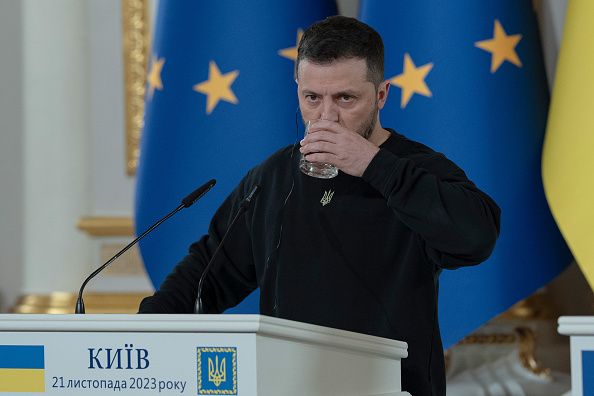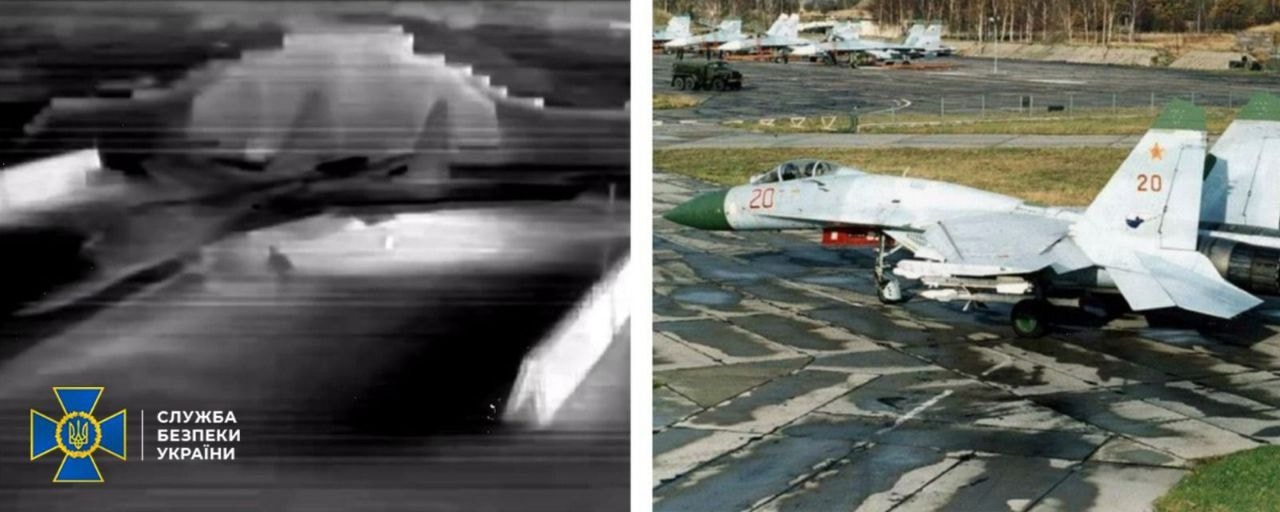Russia claims Ukraine attacked Sevastopol with 5 ATACMS missiles, killing 3

Russian Defense Ministry claimed on June 23 that Ukraine had launched an attack against Sevastopol, a city in Russian-occupied Crimea, with five U.S.-made long-range ATACMS missiles.
Four missiles were allegedly shot down by Russian air defense, while the warhead of the fifth one "exploded above the city," the Russian Defense Ministry claimed.
Mikhail Razvozhaev, the head of the illegal Russian occupation government of Sevastopol, claimed that three people were killed, including two children, and almost 100 were injured in the attack.
Earlier in the day, Russian Telegram channels posted photos and videos of the alleged attack, reporting that many people were injured on the beach of Uchkuevka, a village in the northern part of Sevastopol.
The reports could not be independently verified, and Ukraine has not commented on the news at the time of this publication.
Ukraine's military reported on a number of attacks against the peninsula in recent weeks, allegedly scoring successful hits against Russian S-300 and S-400 air defense systems.
Ukrainian forces reportedly destroyed two radars of S-300 and S-400 air defense systems near the Belbek military airfield and Sevastopol overnight on June 12.
On June 10, Kyiv also claimed a successful hit against S-400 and S-300 anti-aircraft missile systems in several areas in occupied Crimea.
Federico Borsari, a Leonardo Fellow at the Center for European Policy Analysis (CEPA), told the Kyiv Independent on June 12, that the recent string of Ukrainian strikes against occupied Crimea may help degrade Russian air defenses in the area and decrease the threat to Ukrainian tactical aviation.
"The goal is to dismantle (the) Russian A2/AD (anti-access/area denial) bubble in Crimea before the arrival of Western fighter jets, especially F-16," Borsari said, adding the strikes also impose "serious capability losses and costs that are difficult to replenish and absorb."












